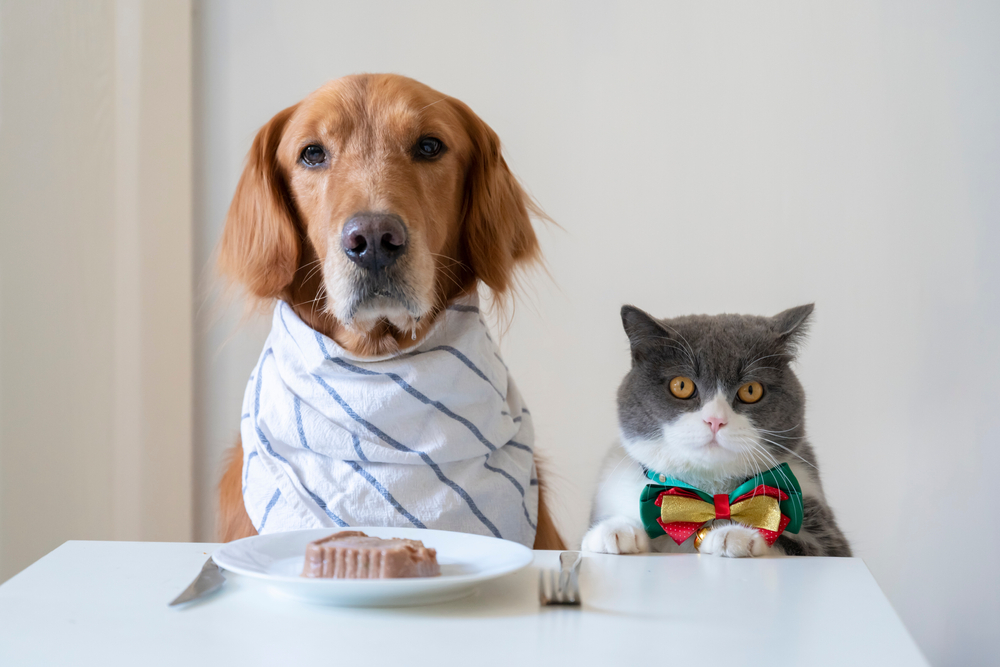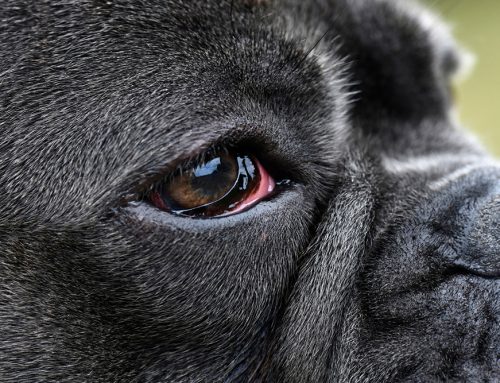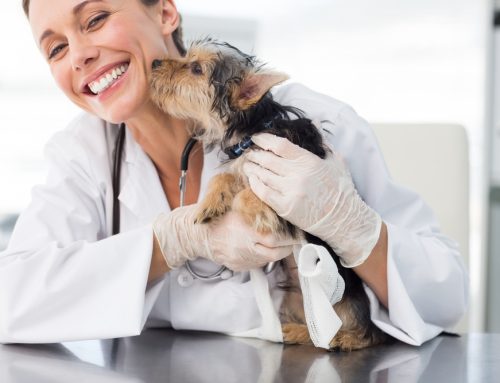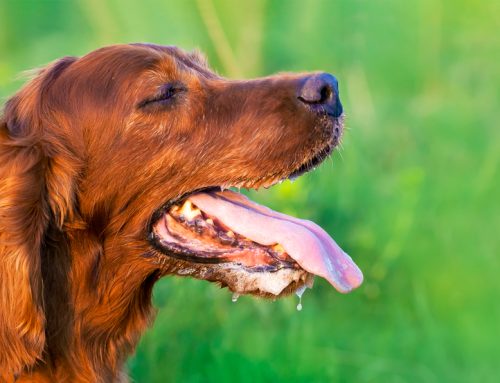When holding your furry pal on your lap, you may be surprised if they feel heavier than ever. Pet weight gain can be sneaky, especially because extra pounds can hide under thick fur. If your pet has gained a few pounds, they could suffer serious consequences. Obese pets are at an increased risk for:
- Arthritis
- Diabetes
- Kidney failure
- Heart disease
- Metabolic disorders
- Skin and urinary infections
- Heatstroke
- Anesthetic complications
- Poor quality of life
- Some cancers
If your pet is overweight, they can develop many adverse conditions. Therefore, you must learn how to assess their body condition and how to manage their weight. To help your four-legged friend live a fit and healthy life, our Shuler Veterinary Clinic team is sharing handy tips on how to determine if your pet is too heavy.
Understanding your pet’s ideal weight
Determining your pet’s ideal weight is more complicated than looking up ranges for their breed. After all, how much should your dog weigh if they are a mix of breeds? What should your petite female cat of undetermined parentage really weigh?
While determining your dog’s ideal weight based on their breed is easy, you really need to consider multiple factors. Weight variations exist within each breed, depending on a pet’s sex, body type, and bloodline. For example, English and American Labrador retrievers vary greatly in body conformation and have a wide ideal weight range. So, while the recommended weight range for a Lab runs from 55 to 80 pounds, your particular Labrador may weigh outside this range and still be healthy.
Assessing your pet’s body condition score
Rather than basing your pet’s ideal weight only on the breed’s weight range, consider it a starting point or guideline. You should use a body condition scoring (BCS) system to evaluate your individual pet’s weight accurately. Some BCS systems rate pets on a five-point scale, while others use a nine-point scale. An ideal BCS is either a two-and-a-half or three on a five-point scale, or a four or a five on a nine-point scale. To assess your pet’s body condition, follow these tips:
- Looking at your pet from above — With your pet in a standing position, focus on their waist while you look down at them from above. Does the area between their ribs and hips dip in, travel straight back, or flare out?
- Looking at your pet from the side — With your pet in a standing position, observe them from the side. Their abdomen should tuck up into their pelvis rather than going straight back or drooping down. You should also be able to see your pet’s ribs, hips, and spine. However, these bones should not be prominent. A light fat layer should cover them.
- Feeling your pet’s ribs, hips, and spine — Palpate your pet’s ribs, hips, and spine. You should be able to feel these bones by pressing lightly. If you have to press firmly to feel the ribs, hips, or vertebrae, your pet is too heavy.
If your pet is particularly fluffy, run your hands along their entire body to accurately assess their BCS. To account for the extra fur, you may have to palpate your pet’s waist and skeletal structure a bit harder than you would a short-haired pet, but you can still achieve an accurate assessment.
Helping your pet lose weight
If your pet scored a six or higher on a nine-point BCS system, they need to lose weight. Initiate your pet’s weight loss journey by doing the following:
- Pumping up the exercise — Pets’ exercise regimens often suffer because their owners have busy schedules, so carve out time in your daily routine to focus on your furry pal’s physical activity. If your pet has been sedentary, introduce exercise gradually by taking them on short walks or offering brief, low-impact play sessions. You can then gradually encourage your pet to participate in more intensive, brisk activities.
- Cutting back on treats — If your cat or dog is accustomed to getting a treat each night before bedtime, cut back by cutting treats in half. Your four-legged friend will still get a treat but with half the calories.
- Expressing love without food — You may show affection for your pet by feeding them treats and table scraps, but look for other ways to express love for your furry pal. Take your pooch to a new park, spend extra time engaging your cat with their favorite toy, or give your furry pal a thorough brushing and massage.
- Getting veterinary help — Ask for professional assistance to help your pet reach a healthy weight. Our Shuler Veterinary Clinic team can diagnose metabolic conditions that hinder weight loss, incorporate veterinary rehabilitation exercises, and design a customized exercise and nutrition plan for your pet.
Obesity prevention is easier than treatment. However, you may struggle to help your pet maintain a slim waistline. To set up your four-legged friend’s exercise and nutrition plan so they can live a long, healthy life, call our Shuler Veterinary Clinic team, or book online.








Leave A Comment